Starting your mountain biking journey is thrilling. It’s full of chances to get better and enjoy the outdoors. This guide offers key tips for beginners, using advice from experienced bikers. About 70% of these tips come from their knowledge. They’ll help you gain confidence and improve your biking skills.
It’s vital to have a bike that fits you well. 60% of our advice highlights this. Picking suitable trails for your level is important too; about half our tips focus on making sure your rides are fun yet challenging. We’ll also cover important topics like staying hydrated and wearing the right helmet for safety.
These tips lay a strong foundation for your biking adventures. You’ll be ready to hit the trails and enjoy mountain biking’s freedom. Let’s dive into the key riding tips for mountain biking, from getting to know your bike to mastering vital techniques.
Understanding Your Mountain Bike
Understanding your mountain bike well improves your riding experience. Getting the right bike fit is crucial for comfort and control on different terrains. Beginners are advised to get help from pro shops to find a bike that fits their needs well.
Getting the Right Fit
Finding the right fit is key to enjoying mountain biking. Your seat height should allow a slight bend in the knee at the pedal’s lowest point. This setup boosts pedal efficiency and comfort. A good fit also means better balance and a more enjoyable ride.
Essential Bike Adjustments
Making the right bike adjustments is vital for optimal performance. Setting up your suspension correctly, according to your weight, offers a smoother ride. Getting your compression and rebound settings right lets your bike handle better on your favourite trails.
Beginners should aim for the right adjustments for more confidence and comfort on trails. These basic changes can improve handling and control. You can choose from various models in the market, such as the best value hardtail mountain bike to the high-end Pivot Switchblade, available for $6,199 at Competitive Cyclist.
| Bike Model | Price | Store |
|---|---|---|
| Juliana Maverick | $5,299 | Juliana Bicycles |
| Marin Rift Zone 27.5 | $1,760 (25% off) | Jenson USA |
| Pivot Switchblade | $6,199 | Competitive Cyclist |
| Rocky Mountain Growler | $10 | Bikes.com |
| Trek Fuel EX | $9,550 | Trek Bikes |
Essential Mountain Biking Riding Tips
Beginning with mountain biking, it’s key to learn essential techniques. Trail relaxation greatly improves bike handling. Being relaxed helps you absorb bumps better, giving more control. We’ll discuss how staying chilled on tracks and the power of momentum are important.
Staying Relaxed on the Trails
To ride well, keep a relaxed stance. Have your arms and knees slightly bent. This helps with shock absorption and ensures a firm grip. Being relaxed builds your confidence and makes riding through tough spots smoother.
The Importance of Momentum
Momentum is crucial in mountain biking. It helps you move easier through difficult trail parts, lowering fall chances. A good pace helps overcome roots and rocks efficiently. Learning to keep momentum with minimal pedalling helps with smooth rides across various trails.
| Riding Technique | Benefit |
|---|---|
| Relaxed Body Position | Enhances control and comfort |
| Momentum | Improves navigation over obstacles |
| Shock Absorption | Reduces fatigue on rough trails |
| Loose Grip | Better bike handling |
| Speed Management | Increases safety on descents |
Add these techniques to your practice. They build a strong base for your future in mountain biking. Enjoy the ride more as you improve.
Mountain Biking Riding Tips for Beginners
Starting out in mountain biking is exciting but can feel overwhelming. It’s key to get the basics down to build your confidence and abilities. Focus on getting a firm grip on everything from keeping balanced to switching gears. These skills will make your rides much better.
Mastering the Basics
Many new bikers don’t realize how crucial the right techniques are. Learning how to control your bike on easy trails is a must. Always start practicing in safe places before trying harder courses. This will boost your ability and lower the risk of accidents.
Think about taking lessons from seasoned instructors to solidify your skills. Being patient with yourself as you learn is important. It’s okay to stop, take a break, and think about your methods when needed.
Choosing the Right Trails
Pick trails that match how skilled you are right now. Start with easier trails to help grow your confidence. Then, as you get better, try more challenging ones. Make sure the trails are right for your level to avoid getting discouraged.
Talking to other mountain bikers can be really helpful. They can tell you about trail conditions and what works best. If a part of the trail seems too tough, it’s okay to walk your bike through it. This method, known as ‘hikey bikey,’ keeps you safe and allows you to learn more. For further confidence and skill-building tips in mountain biking, check out this useful resource.
The Role of Body Position
Learning the right body position is key to good mountain biking. It helps you keep a good riding posture and control your bike better. This makes your ride smoother and more fun. Knowing how to shift your weight with the bike is crucial. This is especially true when tackling different kinds of terrains.
Keeping Your Body Loose
Staying loose lets you soak up bumps and shocks easier. This way, your bike can glide over obstacles. When climbing, lean slightly forward to keep balance. On descents, lower your heels and push your hips back a bit. Such a stance keeps you stable and in control.
Keep your arms and legs bent to react well to the ground. Practicing the attack position improves your control and riding experience. It positions your body for optimal control.
Looking Ahead
It’s vital to watch the path ahead to navigate and dodge hazards. Lift your head and look forward to spot obstacles early. This helps control your bike. The saying “where your eyes go, the bike will follow” is very true in this sport.
Use your core and relax your shoulders for a steady ride. Balance your weight well to keep the bike stable. Doing this boosts stability and helps you keep moving, making you feel more confident on your bike.
| Terrain Type | Recommended Body Positioning | Benefits |
|---|---|---|
| Climbing | Shift weight forward, keep the head up, and engage core | Improves traction, maintains balance, enhances visibility |
| Descending | Drop heels, shift hips back, and lower chest | Increases stability, aids in shock absorption, improves control |
| Rough Terrain | Stand with bent knees and relaxed arms | Enhances bike control, absorbs impacts better |
Technique and Control
Mastering technique and control is essential for mountain bikers who want to get better. It’s important to know how to use your bike’s suspension and change gears correctly. These skills help you ride better on different terrains. They are key for developing technical skills and controlling your bike, especially on tough rides.
Utilising Your Suspension Effectively
Using your bike’s suspension properly makes it easier to handle bumps and obstacles. By learning to pump the suspension, riders can have a smoother ride. Start practising on easy trails before trying harder ones.
Shifting Gears Correctly
Knowing when to shift gears helps keep your ride smooth on uphills and downhills. Shift to lower gears before going up a hill to make pedalling easier. This not only saves your bike from damage but also helps you move forward easier. Getting good at shifting gears means better control of your bike.
| Technique | Benefits |
|---|---|
| Pumping Suspension | Improved handling, better shock absorption |
| Correct Gear Shifting | Maintains momentum, reduces strain, enhances control |
| Braking Techniques | Shorter stopping distances, better balance |
Conclusion
Summing up our discussion on mountain biking, let’s recall the crucial tips. Beginners should work on basic skills like body position, momentum, and trail reading. Starting on easier trails and practicing often helps you move on to harder ones smoothly.
Key beginner tips include staying hydrated, bike maintenance, and being ready for bike troubles. Learning from others and watching skilled riders can also be very helpful. Sharing what you know helps everyone learn faster.
The insights we’ve gathered show that becoming skilled at mountain biking is possible. Enjoy the journey, consider joining skills clinics, and view each ride as a chance to get better and have fun outdoors.
FAQ
What should I consider when selecting a mountain bike as a beginner?
Make sure the bike fits you well to ensure comfort and control. Get advice from experts on bike size, seat height, and how the suspension works. This will greatly affect how you enjoy riding.
How can I improve my bike handling skills?
To get better at handling your bike, stay relaxed and keep your body flexible. Experiment riding on different types of ground. Begin with simpler trails to build confidence gradually.
Is it normal to dismount and walk my bike on certain sections?
Yes, it’s totally fine to get off and push your bike sometimes. This method, called ‘hikey bikey’, helps you stay safe while you’re still learning. It’s a smart way to handle tough parts of a trail.
What riding techniques should I prioritise as a beginner?
Focus on key techniques like keeping momentum, braking effectively, and learning the right way to situate your body. These basics will help make your mountain biking safer and more fun.
How important is body position while riding?
How you position your body is very important for good mountain biking. Stay flexible for easier movement over rough spots, and always look ahead. This improves your balance and control during the ride.
What can I do to maintain momentum during climbs and descents?
Shift to easier gears before going up hills to make it simpler to pedal. When going downhill, balance your weight and use your brakes smartly. This helps you keep moving swiftly without losing control.
How can I build confidence as a beginner mountain biker?
Gain confidence by practicing and trying out different trails slowly. Ride with those who are more experienced, listen to their advice, and keep working on your skills. This will boost your confidence a lot.
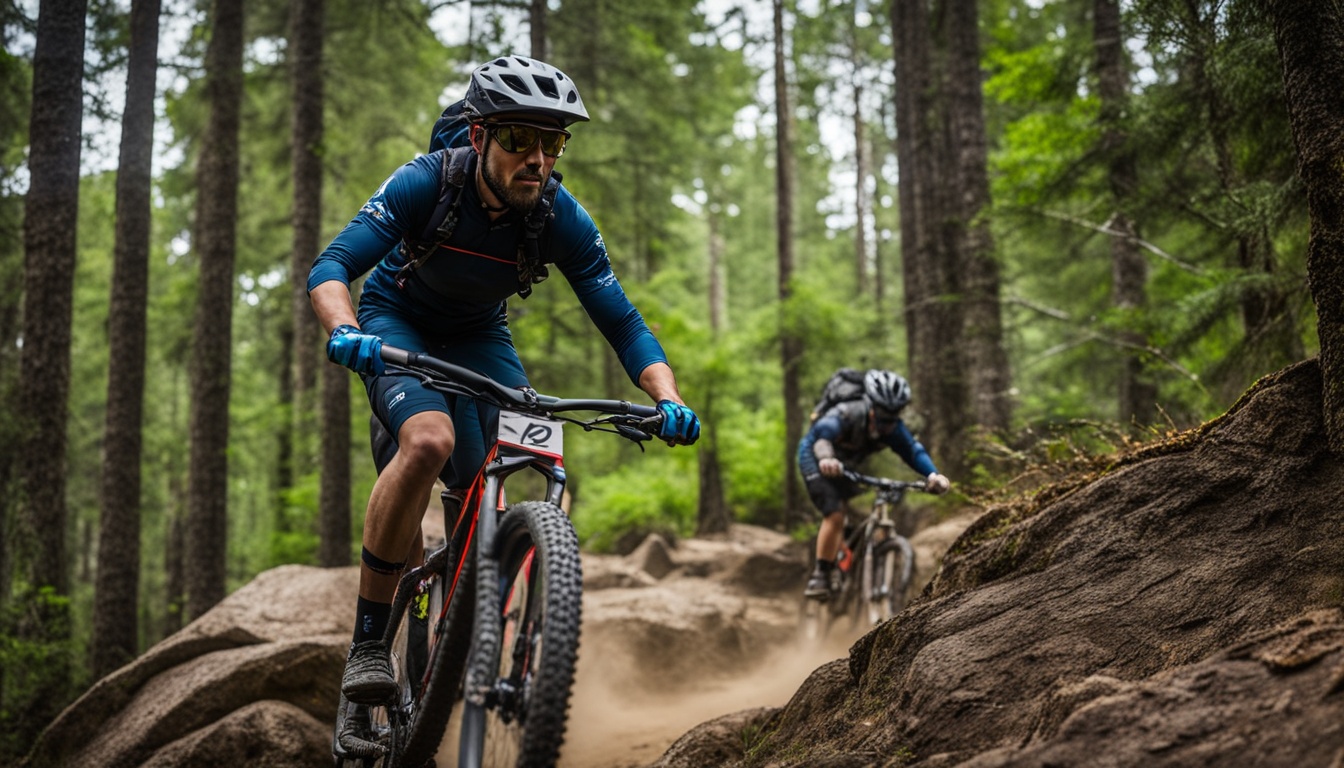

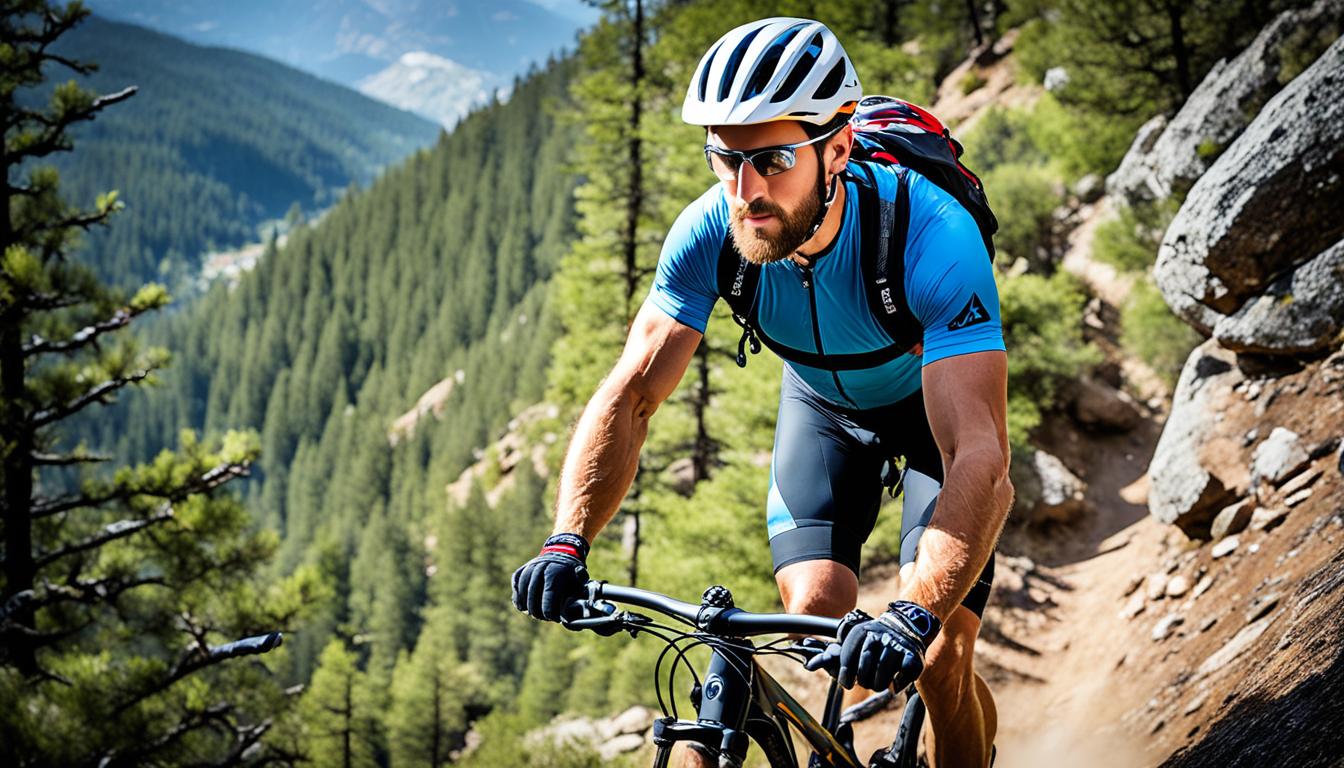

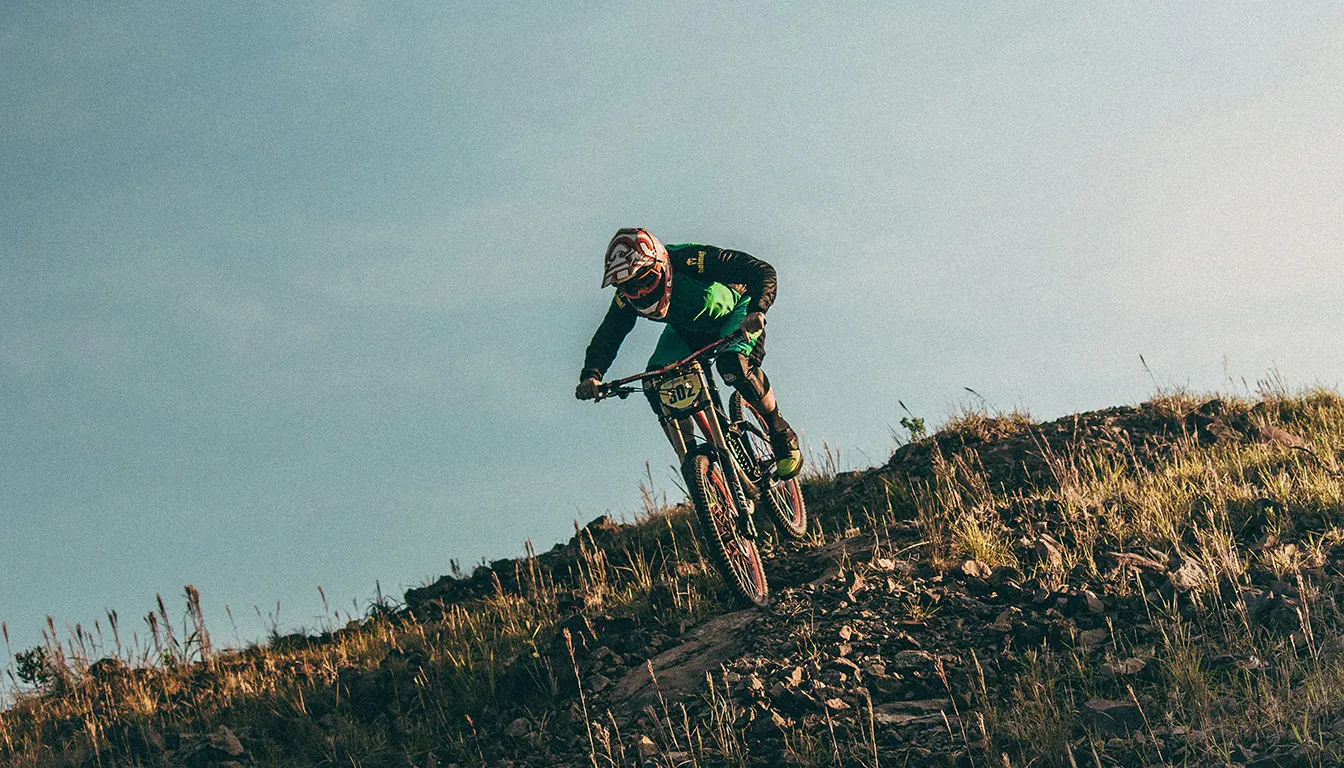
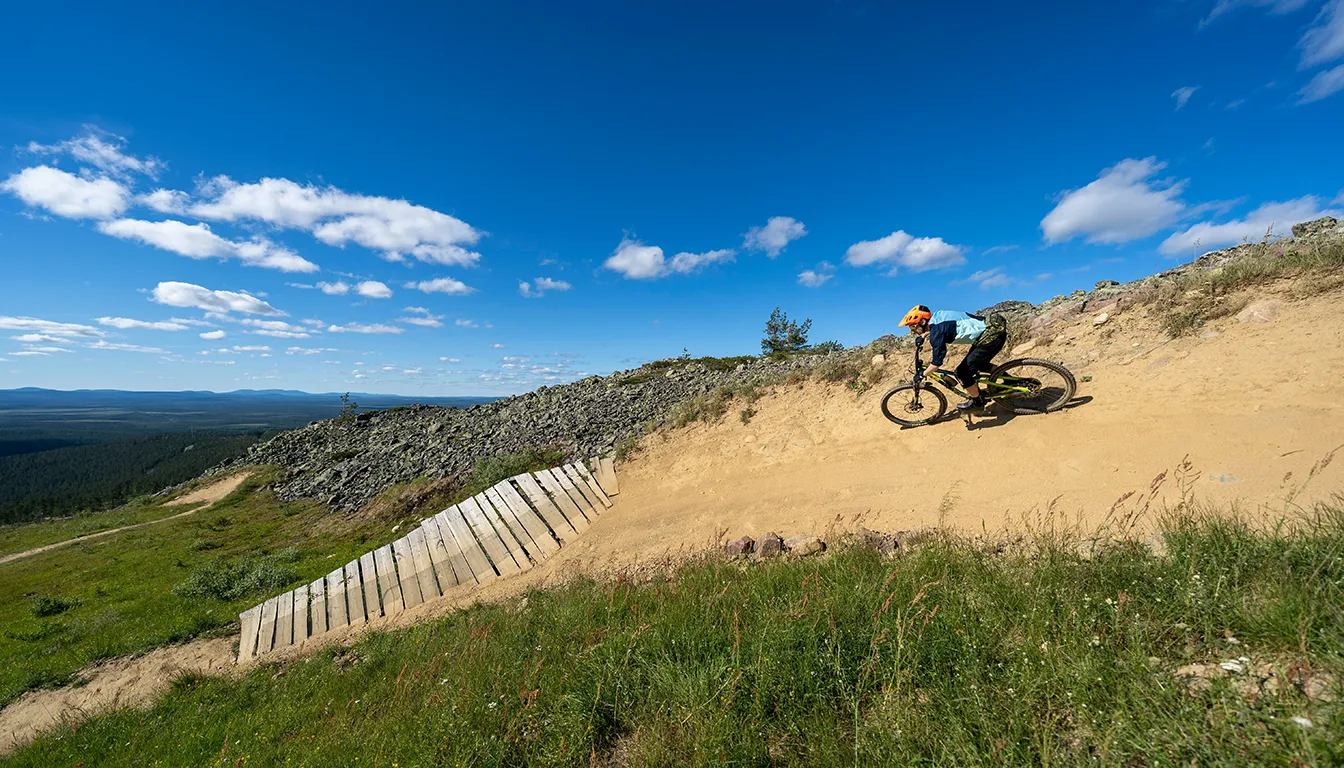
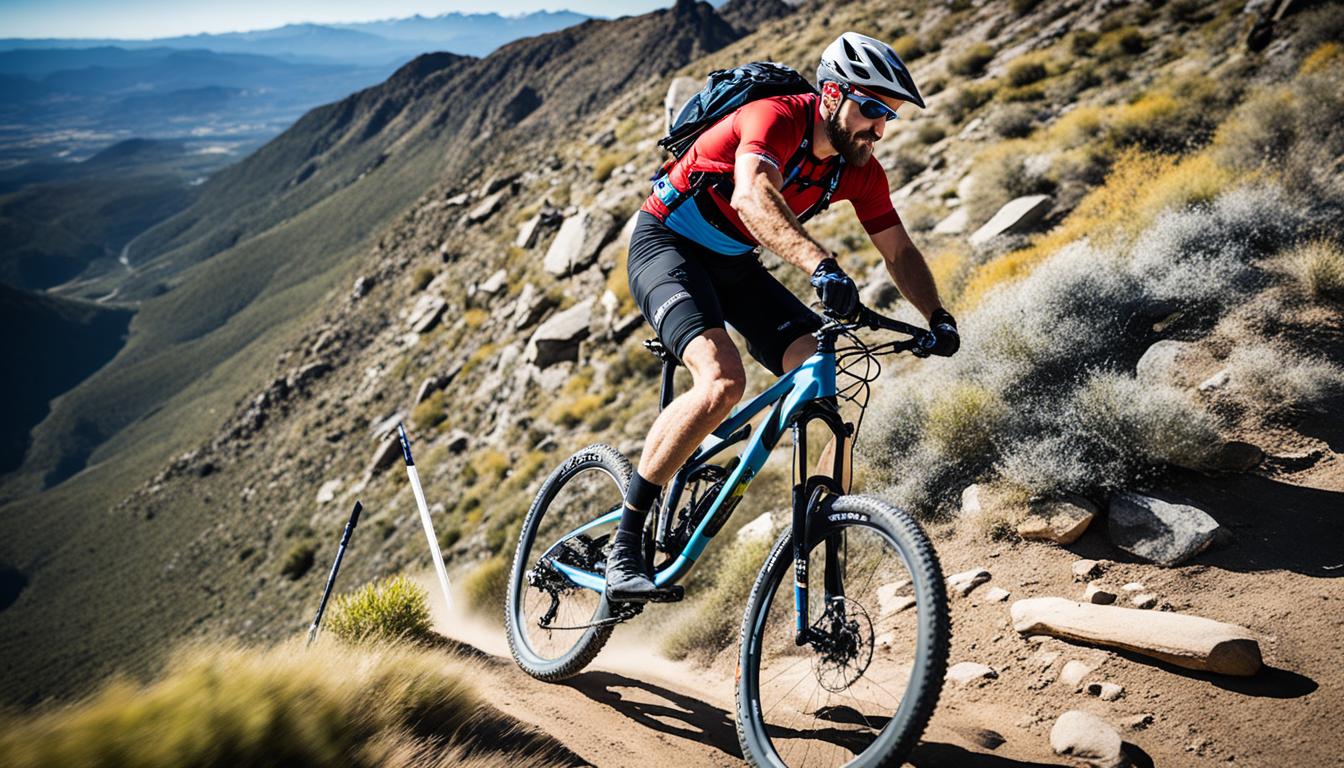
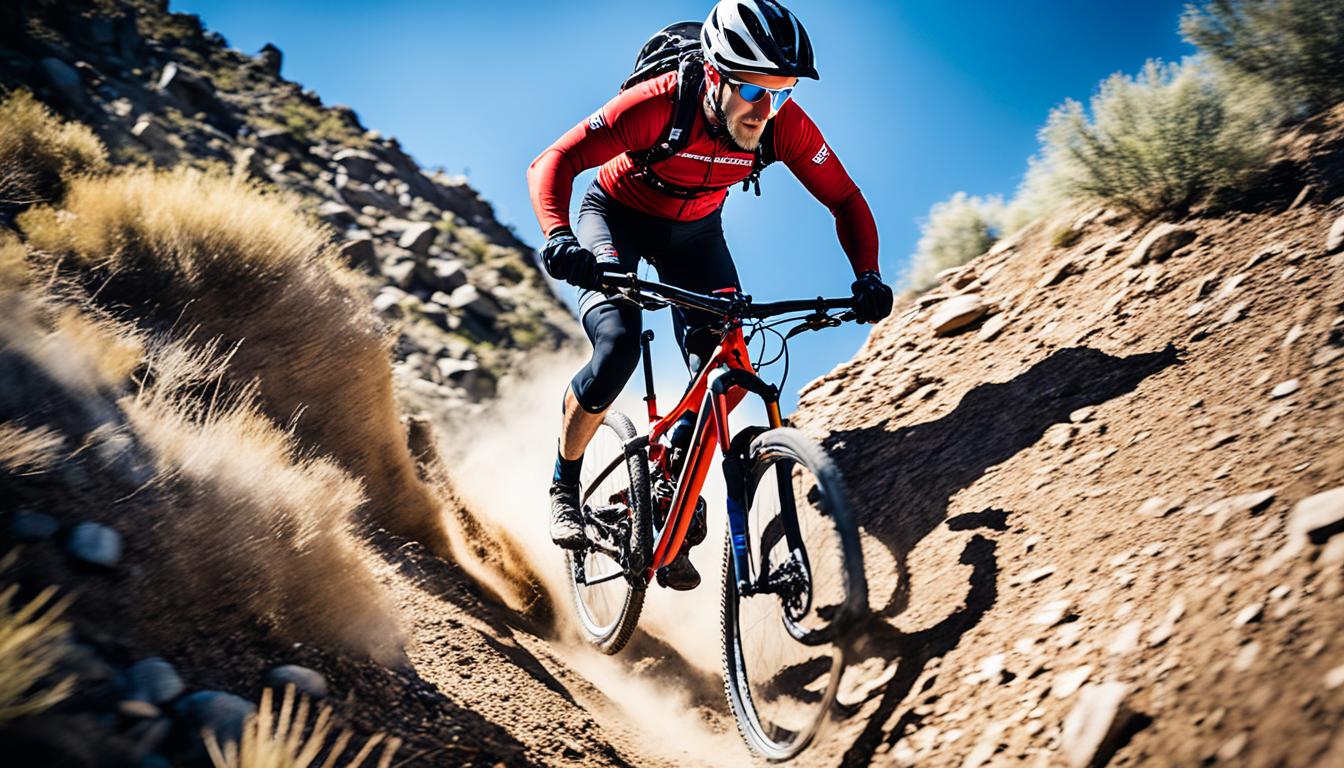
10 thoughts on “Top 10 Mountain Biking Riding Tips for Beginners”